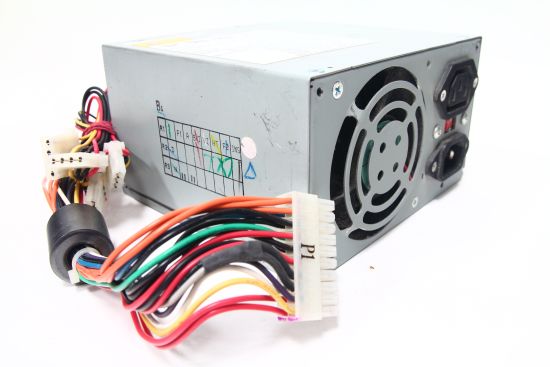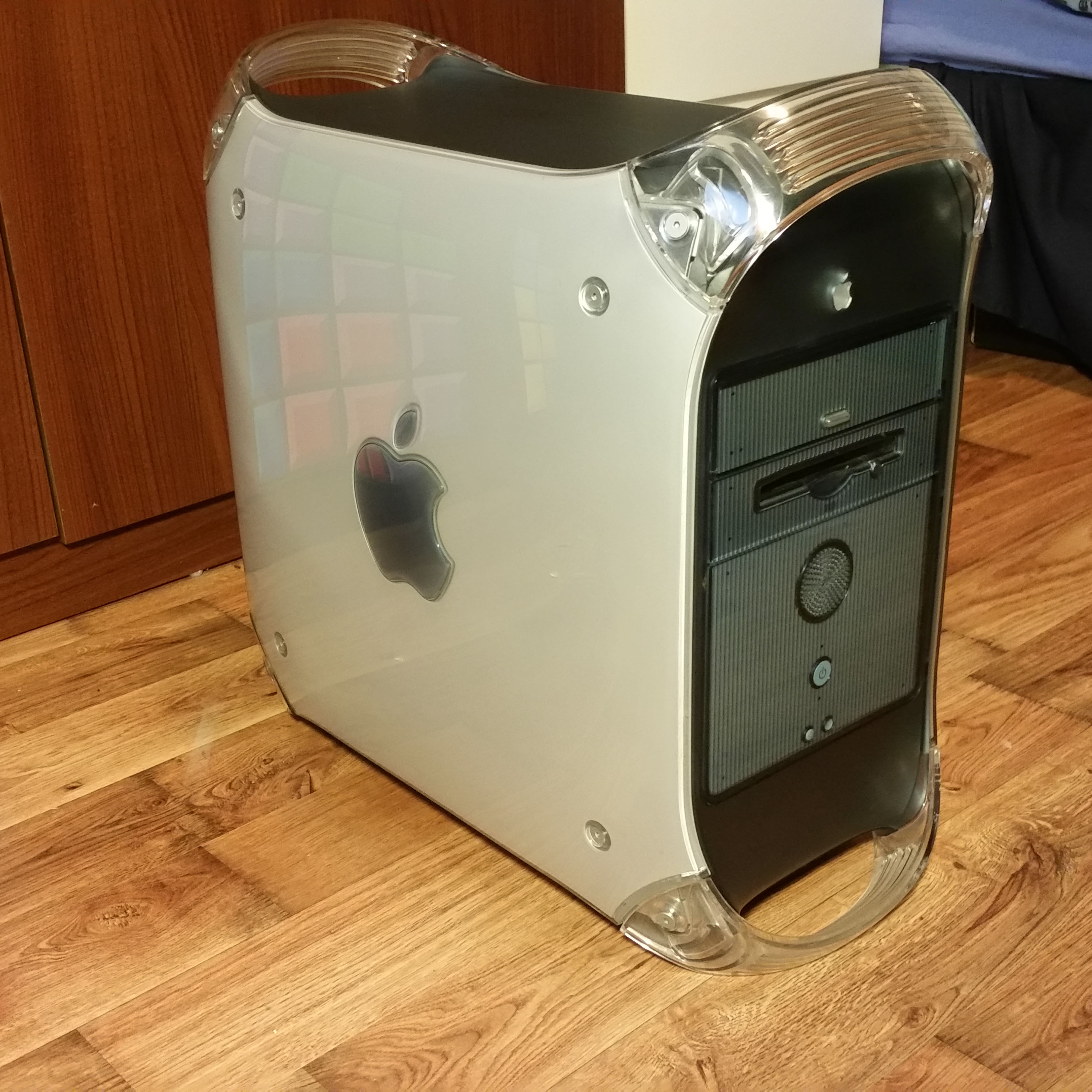

- Power supply for mac g4 tower driver#
- Power supply for mac g4 tower pro#
- Power supply for mac g4 tower Pc#
Secured by two metal clips, branded Foxconn. You probably guessed right – it’s the CPU module with the heatsink on it.

It wasn’t easy to get either but I worked it out :). Next to it, on the backplate, it’s written Rated 28v DC 4A Max. You can see the contact was on the other side as well – one polarity on each side it seems.Īnd there’s the propietary connector – it looks like a DVI with a rounded shell, and it has a but of a strange clipping system, but it’s also quite different.
Power supply for mac g4 tower Pc#
This was used to provide power through the proprietary Apple display connector to power the monitor from the PC itself. The one thing to notice here is that the graphic cards for Mac machines were a bit different – while it does have the regular AGP edge connectors, there’s also another tab just a bit forward of the AGP slot. It’s probably an 16-32Mb class card with AGP 4x support.
Power supply for mac g4 tower pro#
This was an ATi Rage 128 Pro graphics card – and no, that’s not 128Mb, but rather 128-bit memory bus. Smooth throughput, no strange noises.Īnother thing I managed to grab was the AGP graphics card. The other thing – this drive still works perfectly. Rarely do you have such a well-marked and test-pointed specimen to probe.

This is a treasure trove of signals just waiting to be explored. Just from a cursory glance at the PCB, you can see them marked by the “square” around them and the silkscreened text – things like VCM (voice-coil motor), SRVGATE (servo gate), POR (power-on reset?), ZCROSS (zero-crossing?), MOTA (motor-phase A), INDEX, etc. This drive is a special one because it has a heap of test points scattered around.
Power supply for mac g4 tower driver#
How antique! Integrated driver chips were already available in that era – but some of the early ones did suffer from failure (Quantum ones especially).Īm I going to take this drive apart? In a word, no. Then there’s a TI motor driver chip for the spindle motor which drives separate FETs for each of the phases. The cache RAM is visible top left, along with the main CPU, and a chip from Lucent (maybe a VCM driver?). No flash was populated, because it is likely that the drive was in the “transition” period between hardware flash for firmware or the use of a service cylinder and some mask ROM to load the firmware from the disk on startup. There’s a large contact area at the top for manufacturer calibration, and underneath that there is a section for flash. I wonder if they were fishin’ for compliments – because I rather like this PCB design! They also gave this PCB a “codename” of Fish’n. As a result, only half of the IDE pins are visible from this side. For one, Maxtor almost always used edge connectors that soldered on both sides of the PCB. The underside of the drive shows the PCB which also has some other Maxtor characteristics. One of the nice features of the Maxtor label was the warranty end date – December 2003, for a manufacture date of 19th September 2000. A classic Maxtor label and shape – but you can see the Apple logo indicating the OEM nature of this drive, and possibly a different firmware. … but not this one! It is the original drive fitted to the machine, sizing up at 20.4Gb, it’s a Maxtor 92049U3. And then, normally the hard drives are taken and crushed for privacy reasons … The RAM from all the machines always gets pilfered first – probably by the staff here who always have another elderly machine to support. One of my friends wanted the power supply for a project – so I unscrewed it and let him have it. The back I/O panel of the motherboard was pretty similar too, but the mounting was entirely different. Interestingly, those towers weren’t too different from regular ATX towers – the power supply had an almost identical shape, as did the motherboard power connector. So, instead, I took the chance to take it apart and examine its bits. Alas, anything that’s been left at the dump spot is basically discovered and picked apart by vultures almost immediately – so if I had left it there and bought the trolley in the next day, it would have been gone. If it weren’t so heavy, I would have carried the thing away. Unusually, there was an Apple Macintosh G4 tower there – lovely case too. Continuing on from the last salvage post – these were salvaged at the same time and place.


 0 kommentar(er)
0 kommentar(er)
